Rheem Residential Gas - FVIR Certified User Manual
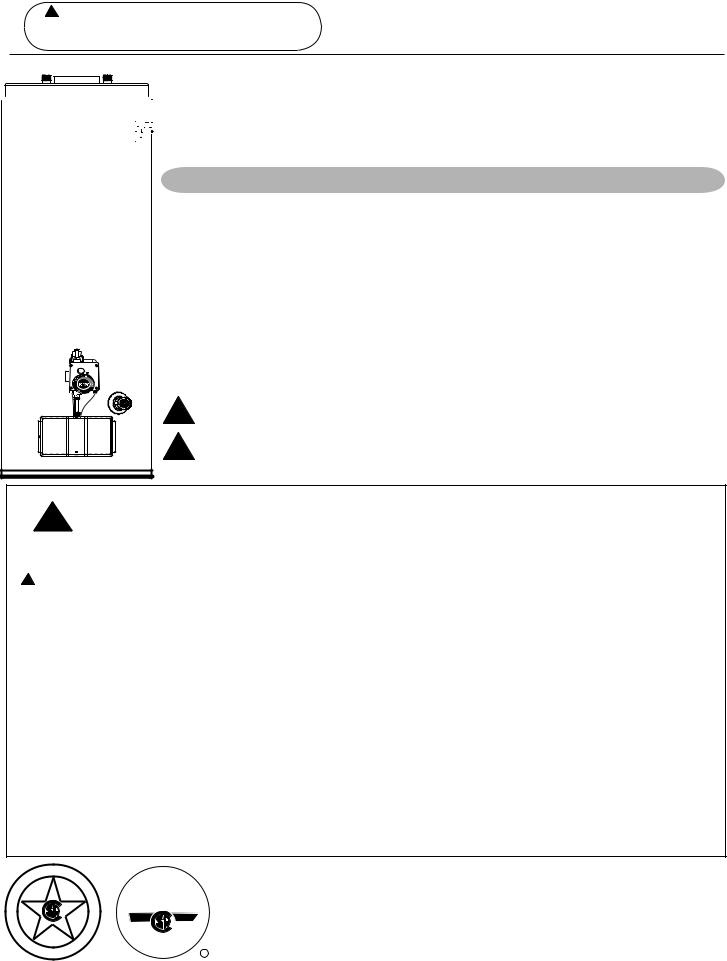
! Warning: This water heater is not suitable for use in manufactured (mobile) homes!
Use & Care Manual
With Installation Instructions for the Installer
Residential Gas - FVIR Certified










 Direct Vent Water Heaters
Direct Vent Water Heaters
Residential 40 and 50 Gallon
The purpose of this manual is twofold: one, to provide the installer with the basic directions and recommendations for the proper installation and adjustment of the water heater; and two, for the owner– operator, to explain the features, operation, safety precautions, maintenance and troubleshooting of the water heater. This manual also includes a parts list.
It is very important that all persons who are expected to install, operate or adjust this water heater read the instructions carefully so they may understand how to perform these operations. If you do not understand these instructions or any terms within it, seek professional assistance.
Any questions regarding the operation, maintenance, service or warranty of this water heater should be directed to the seller from whom it was purchased. If additional information is required, refer to the section on “If You Need Service.”
Do not destroy this manual. Please read carefully and keep in a safe place for future reference. ! Recognize this symbol as an indication of Important Safety Information!
! California Proposition 65 Warning: This product contains chemicals known to the State of California to cause cancer, birth defects or other reproductive harm.
|
|
|
|
! |
WARNING: If the information in these instructions is not followed exactly, |
|
|
a fire or explosion may result causing property damage, personal injury or death. |
|
|
|
|
|
|
! FOR YOUR SAFETY!
—Do not store or use gasoline or other flammable vapors and liquids or other combustible materials in the vicinity of this or any other appliance. To do so may result in an explosion or fire.
—WHAT TO DO IF YOU SMELL GAS
●Do not try to light any appliance.
●Do not touch any electrical switch; do not use any phone in your building.
●Immediately call your gas supplier from a neighbor’s phone. Follow the gas supplier’s instructions.
●If you cannot reach your gas supplier, call the fire department.
●Do not return to your home until authorized by the gas supplier or fire department.
—Improper installation, adjustment, alteration, service or maintenance can cause property damage, personal injury, or death . Refer to this manual. Installation and service must be performed by a qualified installer, service agency or the gas supplier.
ESIG |
|
D |
N |
C |
|
D |
E |
E |
|
|
RTIFI |
|
Printed in USA
CERTIFIED
® |
R |
AP14380 -1 (07/08)
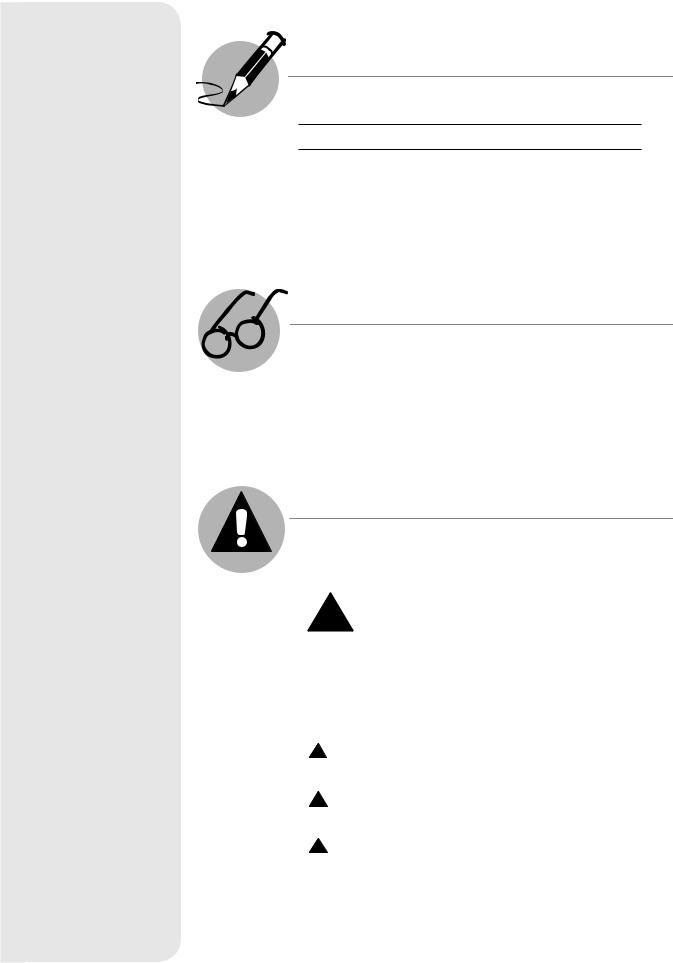
Safety Information
Safety Precautions. . . . 3–6
LP Gas Models . . . . . . 5
Installation Instructions
Location. . . . . . . . . 7 Venting. . . . . . . . 9-12 Water Supply Connections. . 13 Gas Supply. . . . . . . . 14 Pipe Insulation. . . . . . .16 Heat Traps. . . . . . . . 16 Installation Checklist. . . . 17 Potable/Space Heating . . . 18
Operating Instructions
Lighting Instructions. . . . 19
Water Temperature . . . 20, 21
Care and Cleaning
Draining. . . . . . . . . 22 Maintenance. . . . . . . 22 Burner Inspection . . . . . 23 Extended Shut-Down. . . .23
Troubleshooting Tips
Before You Call
For Service. . . . . . 24, 25
Customer Service |
|||
Parts List. . . |
. |
. |
. . . . 26 |
If You Need |
|
|
|
Service. . . |
. |
. |
.Back Cover |
FOR YOUR RECORDS
Write the model and serial numbers here:
#
#
You can find them on a label on the appliance.
Staple sales slip or cancelled check here.
Proof of the original purchase date is needed to obtain service under the warranty.
READ THIS MANUAL
Inside you will find many helpful hints on how to use and maintain your water heater properly. A little preventive care on your part can save you time and money over the life of your water heater.
You’ll find many answers to common problems in the Troubleshooting Guide. If you review the chart of
Troubleshooting Tips first, you may not need to call for service.
READ THE SAFETY INFORMATION
Your safety and the safety of others are very important. There are many important safety messages in this manual and on your appliance. Always read and obey all safety messages.
This is the safety alert symbol. Recognize this symbol ! as an indication of Important Safety Information!
This symbol alerts you to potential hazards that can kill or hurt you and others.
All safety messages will follow the safety alert symbol and either the word “DANGER”, “WARNING”, “CAUTION” or “NOTICE”.
These words mean:
! |
DANGER |
An imminently hazardous situation |
|
|
that will result in death or serious |
|
WARNING |
injury. |
! |
A potentially hazardous situation that |
|
|
|
could result in death or serious injury |
|
CAUTION |
and/or damage to property. |
! |
A potentially hazardous situation that |
|
|
|
may result in minor or moderate |
|
|
injury. |
Notice: |
Attention is called to observe a |
|
|
|
specified procedure or maintain |
a specific condition.
2
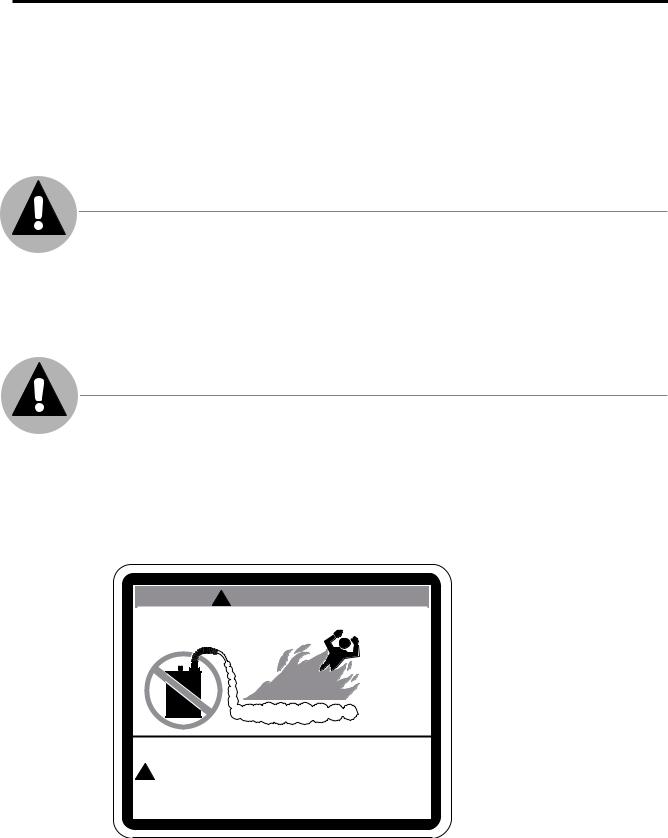
IMPORTANT SAFETY INFORMATION. READ ALL INSTRUCTIONS BEFORE USING.
Be sure to read and understand the entire Use and Care Manual before attempting to install or operate this water heater. It may save you time and cost. Pay particular attention to the Safety Instructions. Failure to follow these warnings could result in serious bodily injury or death. Should you have problems understanding the instructions in this manual, or have any questions, STOP, and get help from a qualified service technician, or the local gas utility.
 DANGER!
DANGER!
Install the VENTING SYSTEM and properly vent the water heater…
Failure to install the venting system and properly vent the water heater to the outdoors as outlined in the Venting Section of the Installation Instructions in this manual can result in unsafe operation of the water heater. To avoid the risk of fire, explosion, or asphyxiation from carbon monoxide, never operate this water heater unless it is properly vented and has an adequate air supply for proper operation. Be sure to inspect the vent system
for proper installation at initial start-up; and at least annually thereafter. Refer to the Care and Cleaning section of this manual for more information regarding vent system inspection.
 WARNING!
WARNING!
Gasoline, as well as other flammable materials and liquids (which include, but not limited to adhesives, solvents, paint thinners etc.), and the vapors they produce are extremely dangerous. DO NOT handle, use or store gasoline or other flammable or combustible materials anywhere near or in the vicinity of a water heater and its vent pipe terminal or any other appliance. Be sure to read and follow warning label pictured below and other labels on the water heater, as well as the warnings printed in this manual. Failure to do so can result in property damage, bodily injury or death.
! W A R N I N G
Flammable Vapors
FIRE AND EXPLOSION HAZARD
Can result in serious injury or death.
! Do not store or use gasoline or other flammable vapors and liquids in the vicinity of this or any other appliance. Storage of or use of gasoline
or other flammable vapors or liquids in the vicinity of this or any other appliance can result in serious injury or death.
3
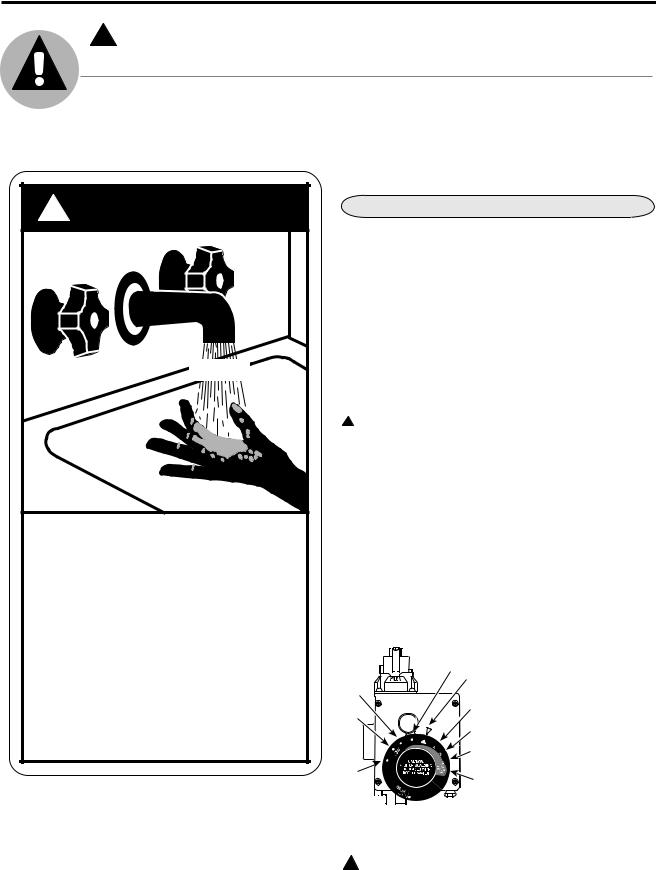
IMPORTANT SAFETY INFORMATION. READ ALL INSTRUCTIONS BEFORE USING.
! DANGER!
water temperature Setting
Safety and energy conservation are factors to be considered when selecting the water temperature setting of a water heater’s gas control. Water temperatures above 125°F (52°C) can cause severe burns or death from scalding. Be sure to read and follow the warnings outlined on the label pictured below. This label is also located on the water heater.
Time/Temperature Relationship in Scalds
& # 0 ) ' 4
*16
$740
9CVGT VGORGTCVWTG QXGT °( ECP ECWUG UGXGTG DWTPU KPUVCPVN[ QT FGCVJ HTQO UECNFU
%JKNFTGP FKUCDNGF CPF GNFGTN[ CTG CV JKIJGUV TKUM QH DGKPI UECNFGF
5GG KPUVTWEVKQP OCPWCN DGHQTG UGVVKPI VGORGTCVWTG CV YCVGT JGCVGT
(GGN YCVGT DGHQTG DCVJKPI QT UJQYGTKPI
6GORGTCVWTG NKOKVKPI XCNXGU CTG CXCKNCDNG UGG OCPWCN
Notice: Mixing valves are available for reducing point of use water temperature by mixing hot and cold water in branch water lines. Contact a licensed plumber or the local plumbing authority for further information.
4
Water Temperature |
|
Time To Produce a Serious Burn |
120°F (49°C) |
|
More than 5 minutes |
125°F (52°C) |
|
11/2 to 2 minutes |
130°F (54°C) |
|
About 30 seconds |
135°F (57°C) |
|
About 10 seconds |
140°F (60°C) |
|
Less than 5 seconds |
145°F (63°C) |
|
Less than 3 seconds |
150°F (66°C) |
|
About 11/2 seconds |
155°F (68°C) |
|
About 1 second |
Table courtesy of Shriners Burn Institute |
|
|
The chart shown above may be used as a guide
in determining the proper water temperature for your home.
! DANGER: Households with small children, disabled, or elderly persons may require a 120°F (49°C) or lower gas
control (thermostat) setting to prevent contact with “HOT” water.
Maximum water temperatures occur just after the burner has shut off. To find water temperature being delivered, turn on a hot water faucet and place
a thermometer in the water stream and read the thermometer. (See page 20 and 21 for more details.)
The temperature of the water in the heater can be regulated by setting the temperature dial on the front of the gas control (thermostat). To comply with safety regulations the gas control (thermostat) was
|
110°F |
set at its lowest setting |
|
100°F |
(43°C) 120°F before the water heater |
||
(49°C) was shipped from the |
|||
(38°C) |
|||
|
130°F |
factory. |
|
90°F |
(54°C) |
The illustration at the left |
|
(32°C) |
140°F |
||
|
(60°C) |
details the approximate |
|
|
150°F |
water temperature |
|
80°F |
(66°C) |
for each mark on |
|
|
|||
(27°C) |
160°F |
the Gas Control |
|
|
|||
|
(71°C) |
(Thermostat) |
|
Temperatures are approximate |
Temperature Dial. |
||
!DANGER: Hotter water increases the potential for Hot Water SCALDS.
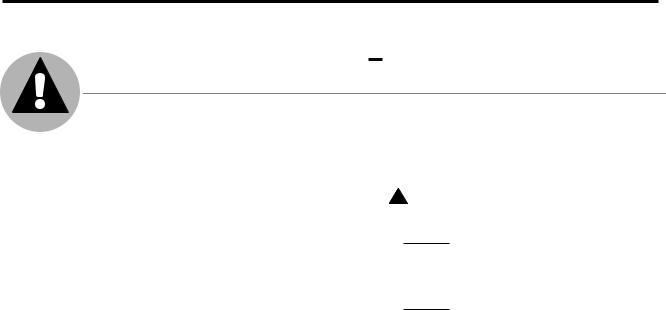
 DANGER!
DANGER!
liquefied petroleum (LP Propane or butane) and Natural gas models
LP and Natural gas have an odorant added to aid in detecting a gas leak. Some people may not physically be able to smell or recognize this odorant. If you are unsure or unfamiliar with the smell of LP or natural gas, ask the gas supplier. Other conditions, such as “odorant fade”, which causes the odorant to diminish in intensity, can also hide or camouflage a gas leak.
●Water heaters utilizing LP gas are different from natural gas models. A natural gas water heater will not function safely on LP gas and vice versa.
●No attempt should ever be made to convert the water heater from natural gas to LP gas. To avoid possible equipment damage, personal injury or fire, do not connect the water heater to a fuel type not in accordance with the unit data plate. LP for LP units. Natural gas for natural gas units. These units are not certified for any other fuel type.
●LP appliances should not be installed below grade (for example, in a basement) if such installation is prohibited by federal, state and/or local laws, rules, regulations or customs.
●LP gas must be used with great caution. It is heavier than air and will collect first in lower areas making it hard to detect at nose level.
●Before attempting to light the water heater, make sure to look and smell for gas leaks. Use a soapy solution to check all gas fittings and connections. Bubbling at a connection indicates a leak that must be corrected. When smelling to detect a gas leak, be sure to sniff near the floor also.
●Gas detectors are recommended in LP & natural gas applications and their installation should be in accordance with the detector manufacturer’s recommendations and/or local laws, rules, regulations or customs.
●It is recommended that more than one method, such as soapy solution, gas detectors, etc., be used to detect leaks in gas applications.
!DANGER: If a gas leak is present or suspected:
●Do not attempt to find the cause yourself.
●Do not try to light any appliance.
●Do not touch any electrical switch.
●Do not use any phone in your building.
●Leave the house immediately and make sure your family and pets leave also.
●Leave the doors open for ventilation and contact the gas supplier, a qualified service agency or the fire department.
●Stay away from the house (or building) until the service call has been made, the leak is corrected and a qualified agency has determined the area to be safe.
5
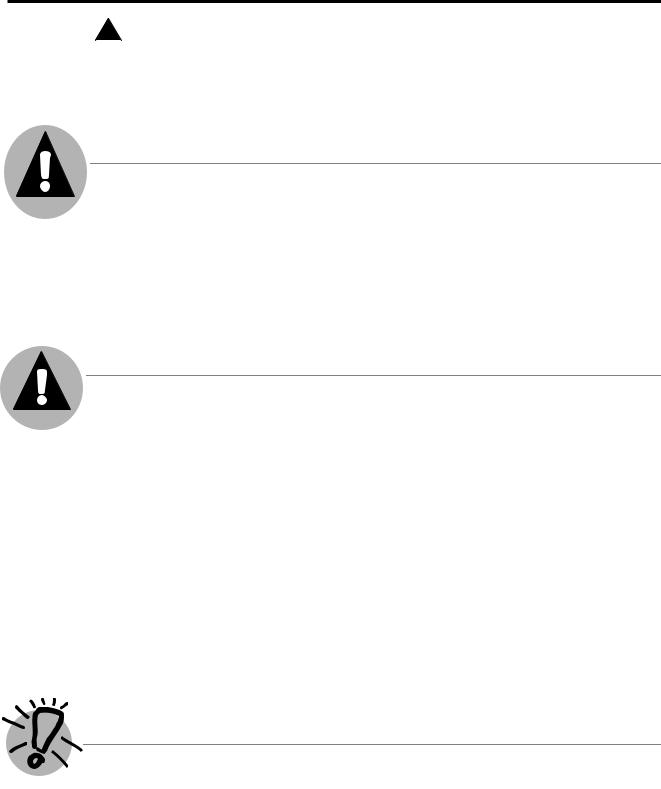
IMPORTANT SAFETY INFORMATION. READ ALL INSTRUCTIONS BEFORE USING.
! WARNING!
For your safety, the information in this manual must be followed to minimize the risk of fire or explosion, electric shock, or to prevent property damage, personal injury, or loss of life.
FOR INSTALLATIONS IN THE STATE OF CALIFORNIA
California Law requires that residential water heaters must be braced, anchored or strapped to resist falling or horizontal displacement due to earthquake motions. For residential water heaters up to 52-gallon capacity, a brochure with generic earthquake bracing instructions can be obtained from: Office of the State Architect, 1102 Q Street, Suite 5100, Sacramento, CA 95814 or you may call 916-445-8100 or ask a water heater dealer.
However, applicable local codes shall govern installation. For residential water heaters
of a capacity greater than 52 gallons, consult the local building jurisdiction for acceptable bracing procedures.
SAFETY PRECAUTIONS
Have the installer show you the location of the gas shut-off valve and how to shut it off if necessary. Turn off the manual shut-off valve if the water heater has been subjected to overheating, fire, flood, physical damage or if the gas supply fails to shut off.
●Read this manual entirely before installing or operating the water heater.
●Use this appliance only for its intended purpose as described in this Use and Care Manual.
●Be sure your appliance is properly installed in accordance with local codes and the provided installation instructions.
●Do not attempt to repair or replace any part of your water heater unless it is specifically recommended in this manual. All other servicing should be referred to a qualified technician.
Read and follow this Safety Information
 carefully.
carefully.
SAVE THESE INSTRUCTIONS
6
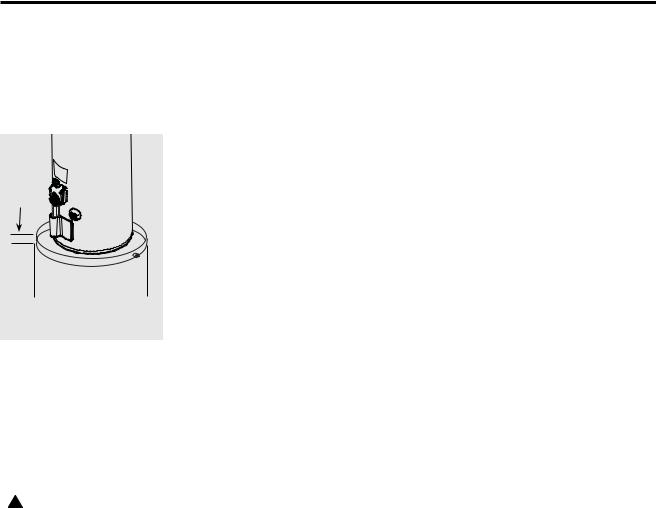
Installing the water heater.
This water heater must be installed in accordance with these instructions, local codes, utility company requirements, and/or in the absence of local codes, use the latest edition of the American National Standard/National Fuel Gas Code. A copy can be purchased from either the American Gas Association, 400 N. Capitol Street NW, Washington, DC 20001 as ANSI standard Z223.1 or National Fire Protection Association, 1 Batterymarch Park, Quincy, MA 02269 as booklet NFPA 54. For Canada Installations use CAN/CSA B149 - Natural Gas and Propane Installation Code. A copy can be purchased from the Canadian Standards Association, 178 Rexdale Boulevard,Toronto, Ontario, CANADA, M9W 1R3.
Max. 2” 





(5 cm)
Diameter of water heater  plus 2” min.
plus 2” min. 
(5 cm)
The auxiliary catch pan installation MUST conform to local codes.
! WARNING: Combustible construction refers to adjacent walls and ceilings and should not be confused with combustible or flammable products and materials. Combustible and/or flammable products and materials should never be stored in the vicinity of this or any gas appliance.
Location
The water heater should not be located in an area where leakage from the tank or connections will result in damage
to the area adjacent to the heater or to lower floors of the structure.
When such areas cannot be avoided it is recommended that a suitable catch pan, adequately drained, must be installed under the water heater.
Catch pan kits are available from the store where the water heater was purchased, or any water heater distributor.
Make certain that the floor underneath the water heater is strong enough to support the weight of the water heater once it is filled with water.
A gas fired water heater or any other appliance should not be installed
in a space where liquids which give off flammable vapors are to be used or stored. Such liquids include gasoline, LP gas (butane or propane), paint or adhesives and their thinners, solvents or removers.
Because of natural air movement in a room or other enclosed space, flammable vapors can be carried some distance from where liquids which give off flammable vapors are to be used or stored. The open flame of the water heater’s pilot or main burner can ignite these vapors.
Rheem Water Heating FVIR certified gas water heaters can be installed on a residential garage floor without the use of an 18-inch stand in accordance with the National Fuel Gas Code, NFPA 54, ANSI Z223.1 2006, paragraph 9.1.10 Installation in Residential Garages, unless otherwise directed by State
and Local code requirements. The water heater must be located so it is not subject to physical damage, for example, by moving vehicles, area flooding, etc
●This water heater is of the direct vent design. It therefore must be located next to the outside wall, within the range of the telescopic adjustments. (See page 9 for Locating Clearance Hole for Vent)
●Long hot water lines should be insulated to conserve water and energy.
●The water heater and water lines should be protected from exposure to freezing temperatures.
●Do not install the water heater in unprotected outdoor areas.
●Minimum clearance from combustible construction is 0” sides, 0” rear; and 3” (7.6 cm) from the front of the control. If the clearances stated on the Instruction/ Warning Label, located on the front of the heater differ, install the water heater according to the clearances stated on the label.
●The water heater may be installed on combustible floors, but not directly on carpeting. If the water heater must be installed on carpeting, place a metal or wood panel beneath the water heater, extending beyond its full width and depth at least 3” (7.6 cm) in all directions.
●If the water heater is installed in an alcove or closet, the entire floor must be covered by a wood or metal panel. A minimum of 24” (61 cm) clearance from the front and top should be available for adequate inspection and servicing.
7

Installing the water heater.
Inspect Shipment
Inspect the water heater and the venting provided with the water heater for possible damage. Check the markings on the rating plate of the water heater to be certain the type of gas supplied corresponds to the water heater requirements.
Combustion and Ventilation Air
Proper operation of the water heater requires air for combustion and ventilation. Provisions for combustion and ventilation air must comply with referenced codes and standards.
NOTICE: If the water heater is installed in an unconfined space within a building of conventional frame, masonry or metal construction, infiltration
air is normally adequate for proper combustion and ventilation. If the water heater is installed in a confined space, provisions for ventilation air must be made.
All air for combustion and all products of combustion are routed through the ducting provided, directly from and to the outside of the building.
NOTICE: If the duct openings which supply ventilation air are to be covered with a protective screen or grill, the net free area (openings in the material) of the covering material must be used in determining the size of the openings. Protective screening for the openings MUST NOT be smaller than 1/4”mesh to prevent clogging by lint or other debris.
NOTICE: The water heater should not be installed near an air supply containing halogenated hydrocarbons.
Corrosive Atmospheres
The air in beauty shops, dry cleaning establishments, photo processing labs, and storage areas for liquid and powdered bleaches or swimming pool
chemicals often contain such halogenated hydrocarbons.
An air supply containing halogenated hydrocarbons may be safe to breathe, but when it passes through a gas flame corrosive elements are released that will shorten the life of any gas burning appliance.
Propellants from common spray cans or gas leaks from A/C and refrigeration equipment are highly corrosive after passing through a flame.
The water heater warranty is voided when failure of the heater is due to operation in a corrosive atmosphere.
8
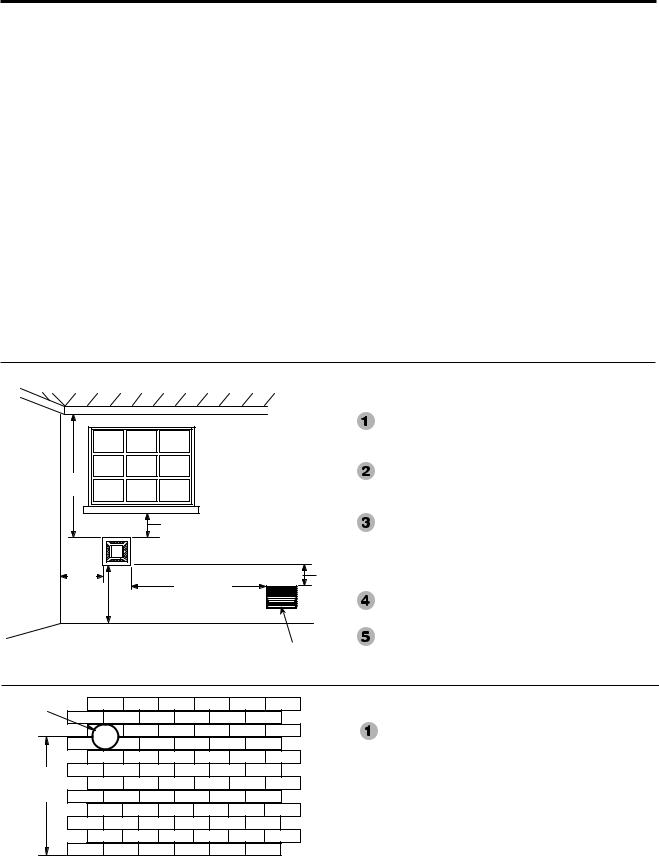
The water heater must be installed with the factory supplied venting system. The old venting system (vent pipe, air intake pipe, vent cap, elbows etc.) must be replaced with the vent system supplied with the new water heater.
 DANGER: Failure to install the venting system and properly vent the water heater to the outdoors as outlined in the Venting section of this manual will result in unsafe operation of the water heater causing bodily injury, explosion, fire or death. To avoid the risk of fire, explosion, or asphyxiation from carbon monoxide, NEVER operate the water heater unless it is properly vented and has adequate air supply for proper operation as outlined in the Venting section of this manual.
DANGER: Failure to install the venting system and properly vent the water heater to the outdoors as outlined in the Venting section of this manual will result in unsafe operation of the water heater causing bodily injury, explosion, fire or death. To avoid the risk of fire, explosion, or asphyxiation from carbon monoxide, NEVER operate the water heater unless it is properly vented and has adequate air supply for proper operation as outlined in the Venting section of this manual.
Venting
 CAUTION: If there are any damaged parts, DO NOT install the water heater. Report any damage to your distributor or to the carrier.
CAUTION: If there are any damaged parts, DO NOT install the water heater. Report any damage to your distributor or to the carrier.
NOTICE: The four fasteners that are required to secure the vent cap to the external wall are not provided. These should be screw type (not nails) chosen for the type of construction and obtained locally
See the back page of this manual for additional requirements for the Commonwealth of Massachusetts.
18”Min
Inside (46 cm)
Corner
9" Min. (23 cm)
HOT |
18”Min. |
|
36” Min. |
|
(91 cm) |
|
(46 cm) |
Within 10 feet |
|
|
(305 cm) |
|
 12" Min. (30 cm) above grade (Higher in areas of heavy snowfall.)
12" Min. (30 cm) above grade (Higher in areas of heavy snowfall.)
Any forced air inlet into the building
Vent Termination Clearances
Vent Terminal must be located at least 12” (30.5 cm) min. above grade level and above normal snow levels. Higher in areas of heavy snowfall.
Vent Terminal must be located at least 9” (23 cm) from windows, doors, or any other opening through which flue gases could enter the building.
Vent Terminal must be located at least 36” (91 cm) above any Forced Air Inlet into the building within
10’ (3 m) of the Vent Terminal. Any fresh or make-up air inlet such as for a dryer or furnace area is considered to be a forced air inlet.
Vent Terminal must be located at least 18” (46 cm) from any overhang or building corner or other irregularity.
DO NOT locate the Vent Terminal under any deck or patio structure.
Approximately 6 1/4" Diameter (15.8 cm)
"X"
Floor
Locating Clearance Hole for Vent
Cut a clearance hole, approximately 6 1/4” (15.8 cm) in diameter, through the exterior wall for the
6” (15.2 cm) diameter air tube.
Capacity |
"X" |
40 Gallon |
68-1/4" (173.3 cm) |
50 Gallon |
68" (172.7 cm) |
9
